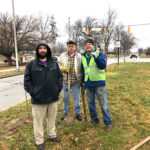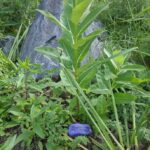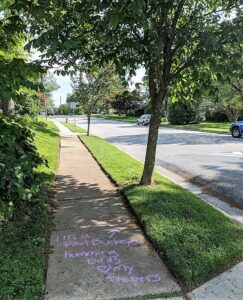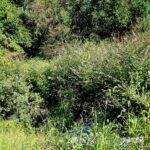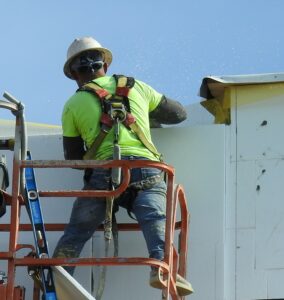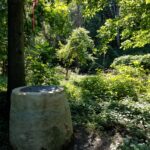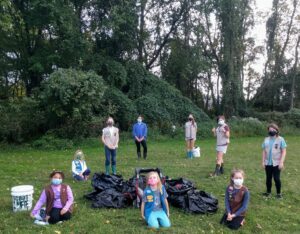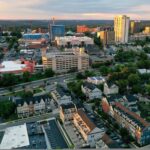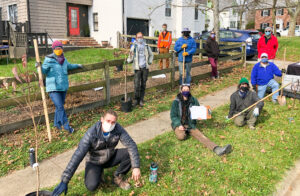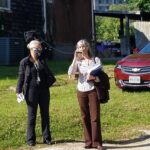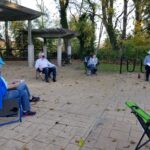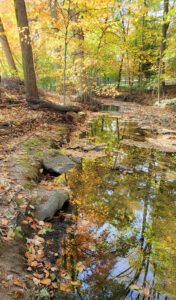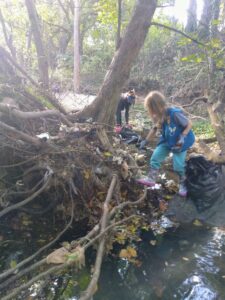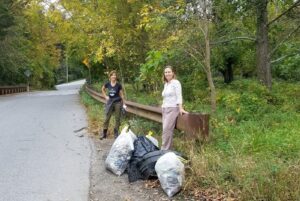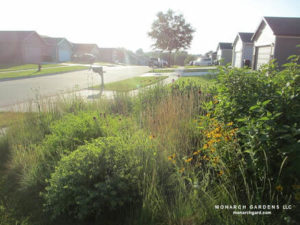Overall
- GTA shall work to build and maintain a coalition of environmental advocates to collaborate in achieving environmental goals in the greater Towson area.
- GTA advocates the protection and effective application of Baltimore County’s environmental regulations.
- GTA’s focus is on fostering a healthy natural environment in the Towson area, as described in the principles outlined below, but our concerns extend to broader issues directly affecting the health and welfare of Towson residents, such as air and water quality and community resilience to climate change.
- GTA supports both governmental and nongovernmental efforts to identify and correct environmental conditions that negatively impact the health and welfare of economically vulnerable and disadvantaged communities.
- Recognizing that all residents have a stake in a healthier environment, and that members of historically disadvantaged communities are underrepresented in our organization, GTA is committed to including persons from minority and economically disadvantaged communities in its membership and leadership.
- GTA supports the passage and implementation of laws and incentives at the county, state, and federal levels to reduce global warming caused by the burning of fossil fuels, to adapt to the impacts of climate change, and to provide our communities with the information and resources needed to adapt with resilience to the impacts of climate change.
- GTA advocates for the community goals embodied in the 2020 Master Plan and the Walkable Towson Plan; this guidance and these regulations should not be compromised to further developers’ or governmental interests.
- GTA supports Adequate Public Facility (APF) legislation to provide adequate public sewer and water service, public transportation, stormwater management, schools, and open space to preserve the quality of life in Baltimore County.
Trees and native plants
GTA supports:
- The use of native trees and other native plants whenever possible, based on site conditions and science, because of their important role in creating habitat and supporting the food web for our native wildlife.
- Protecting and increasing the Towson Area tree canopy with native canopy trees that make the most contribution to our environment by providing shade, lowering ambient temperatures, absorbing rain and storm water, reducing particulate air pollution, providing habitat for birds and other species, and creating beautiful outdoor spaces to strengthen our communities.
- The planting of native canopy trees throughout our communities, on private as well as public lands, and the planting of native understory trees in locations where canopy trees will not flourish.
- The proper care and maintenance of both mature and newly planted trees, including appropriate planting techniques, mulching, watering, pruning and disease management.
Waterways
GTA promotes:
- Efforts and programs to improve water quality in our streams, harbor, and in the Chesapeake Bay.
- Improving the functioning of the county’s sanitary sewer system to reduce the incidence of sanitary sewer overflows and to improve water quality.
- The widespread use of effective stormwater management technologies, including green infrastructure, both by county government and by the public, to achieve improved water quality.
- The elimination of trash in our streets and streams through effective programs such as community education and stream cleanups.
Parks and Outdoor Spaces
GTA supports:
- The creation of public parks, greenways, and other outdoor places for social gathering to facilitate community health and recreation. This includes identifying land and helping to acquire and develop new parks, and promoting outdoor spaces for community events and outdoor dining.
- Active habitat restoration by citizens, government, and non-governmental organizations, through the removal of invasive plant species and effective planting and care of appropriate native plants throughout Baltimore County.
Public Transportation and Urban Design
GTA supports:
- Development of an effective, multimodal public transportation system for greater Towson, to include transit buses, circulator buses, light rail, bike routes, walkable streets, and complete streets that provide universal access and accommodate all modes of transportation.
- The urban design principles outlined in the Baltimore County 2020 Master Plan and the Walkable Towson Plan. These design principles contribute significantly to environmental sustainability by reducing dependence on vehicles and by making commercial districts and residential communities more walkable and bikable.
- Smart growth principles that are consistent with Baltimore County’s Urban-Rural Demarcation Line (URDL). Protection of the URDL and use of smart growth principles are critical for preserving the quality of life and the natural environment as the county’s growth areas are more densely developed.
Education and broad community engagement
GTA promotes:
- Community environmental education and engagement by sponsoring and supporting multiple events and media directed toward the greater Towson community.
- Activities and organizations that effectively expand community environmental education and engagement to areas of Baltimore County beyond Towson.

